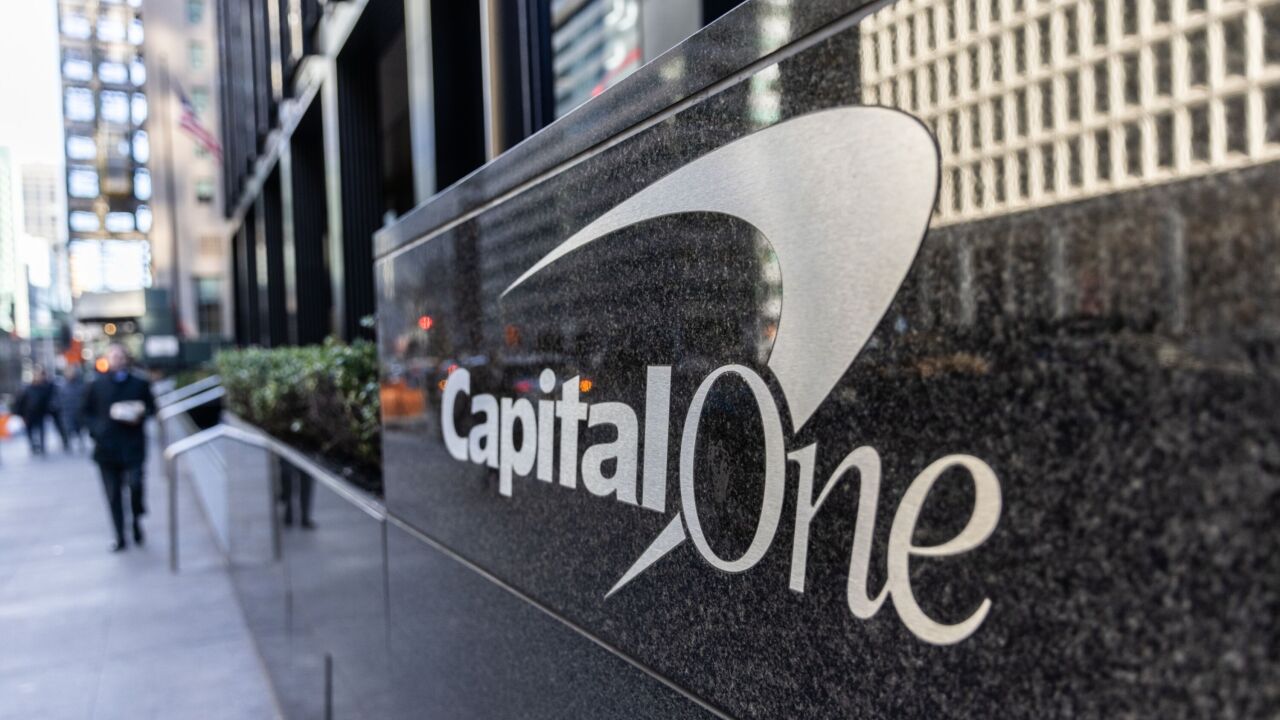The final “end of support” deadline for Windows 7 continues to loom over the ATM industry. After January 14, 2020, Microsoft will no longer provide product support for the Windows 7 platform. That means no software updates, no security patches, no fixes or technical support for any issues.
Given that most organizations will enter their typical year-end freeze sometime before the busy 2019 holiday shopping season, there are only a few months left to complete the migration to Windows 10. Organizations that don’t complete their upgrade projects in time will face the prospect of having to sign up for an Extended Security Update (ESU) program with Microsoft. For those not familiar with how this works, the ESU program is available for up to three years from the official product end-of-support date and carries fees that double each year.
Much has been written about the size, cost and complexity of the Windows 10 migration and this is clearly one of the largest projects that the ATM industry has had to navigate in quite some time (probably since the migration from Windows XP to Windows 7).

And even though Microsoft has given the industry several years to prepare, this exercise is ultimately “one more thing” that must be analyzed, budgeted for and prioritized along with the myriad other projects and initiatives that must be dealt with on a day-to-day basis. With all of these things considered, it is no surprise that many organizations have been slow in getting started.
Unfortunately, this is one of those deadlines that can’t be missed. All the hackers out there are sure to be plotting and planning how to take advantage of any organization that has not taken the proper steps to protect its ATM fleet, its consumers and its shareholders. There will be no sympathy for companies that fail.
As with any large project, it is important to first put the proper migration plan in place and then focus on executing the plan efficiently. A common mistake many organizations make is failing to build realistic project timelines. This often forces them to make compromises around the completeness and accuracy of their testing near the end of the project, a critical mistake.
Unfortunately, as many as 70% of large projects like this are not completed successfully. This happens for a variety of reasons, such as the amount of time and effort required was simply underestimated, competing priorities get in the way, a lack of resources, a reliance on manual testing processes and procedures (instead of automation) or, most likely, a combination of these factors.
Without allocating the necessary time and resources for testing during a major project like the Windows 10 migration, many organizations run out of time at the end, which significantly increases the opportunity for system failures, negative customer experiences and major damage to their brands.
Specifically, for the Windows 10 migration, there are some testing best practices that will help organizations ensure that they can successfully complete their projects on time, on budget, with no errors.
Assemble a complete inventory of all your Windows 7 ATM images and device configurations, so you can compare the behavior of your new Windows 10 machines to your current customer offerings. It is important to do everything you can to ensure that the upgraded machines operate properly and that there are no negative consumer experiences.
Make sure that you can bring in additional testers during crunch time. Utilizing extra testers can be difficult if your resources are limited by the ATMs in your test lab. In some cases, organizations have been forced—at great expense—to ship ATMs overseas so remote staff can help with testing. There are better and more efficient ways to do this, such as by making use of virtualized ATMs to expand your test lab.
Minimize the time and resources required for testing by employing automation. Automating your testing not only helps to maximize its efficiency and accuracy, it will also help protect your project when experienced ATM resources become scarce. Some of the major ATM fleet owners are already locking up large numbers of experienced ATM resources. And if there are any skilled people available when you need them, they are going to be expensive.
Conduct ATM fault testing—an area that is frequently overlooked at the end of a project and one that often leads to negative consumer experiences. And don’t forget about performance testing either. Plan to run appropriate performance tests comparing the operational characteristics of Windows 7 machines to the new Windows 10 devices.
While this transition will require significant effort, it is something that needs to be done and will ultimately be worth the investment. Windows 10 is fully mature and offers significant enhancements over Windows 7, including increased speed, improved security and more robust functionality. To stay competitive and relevant, the ATM industry must continue to innovate, with most new products and services deployed on the Windows 10 platform.
If you have started your migration project and have all the necessary tools and resources in place, you stand a good chance of beating the deadline and avoiding extra support costs. If you are just getting started, consider putting the right testing tools and processes in place as soon as possible to help increase productivity, expand test coverage and reduce project risk.





